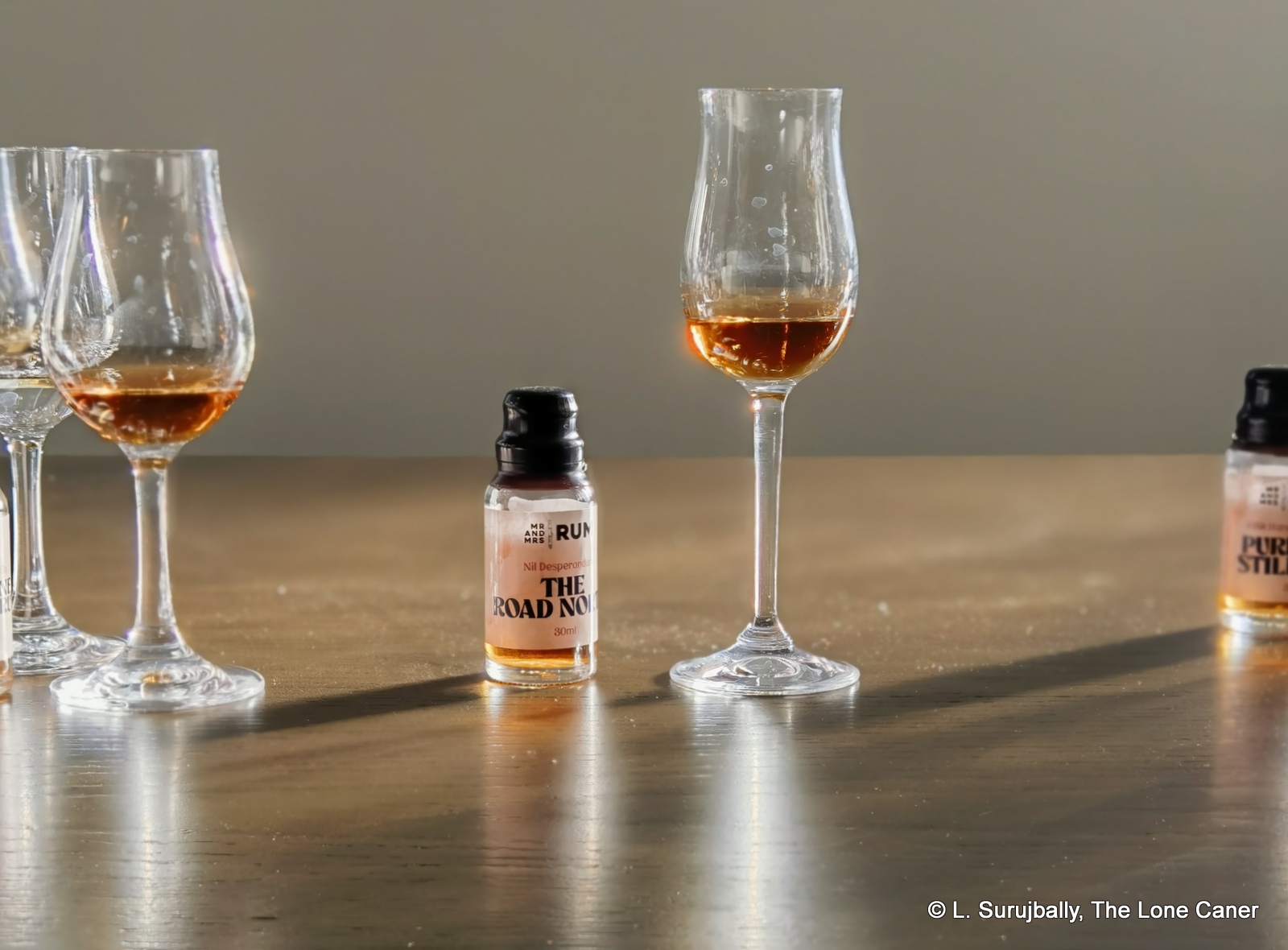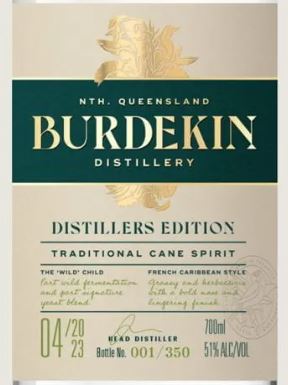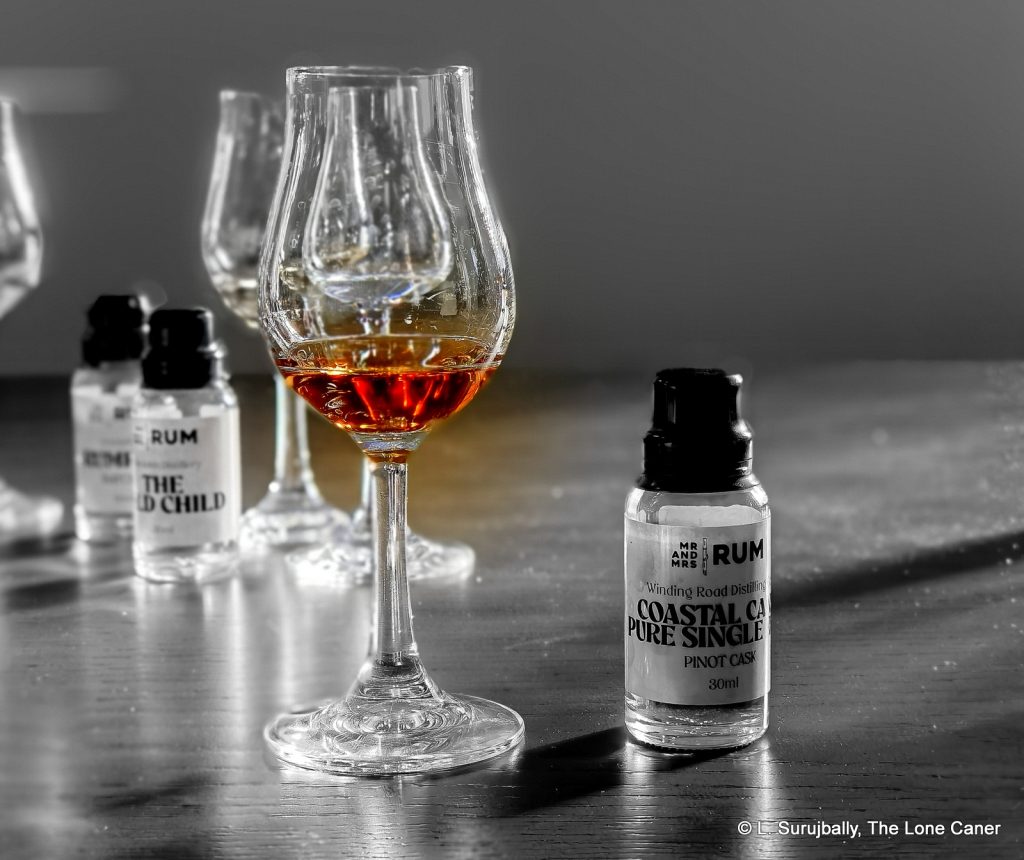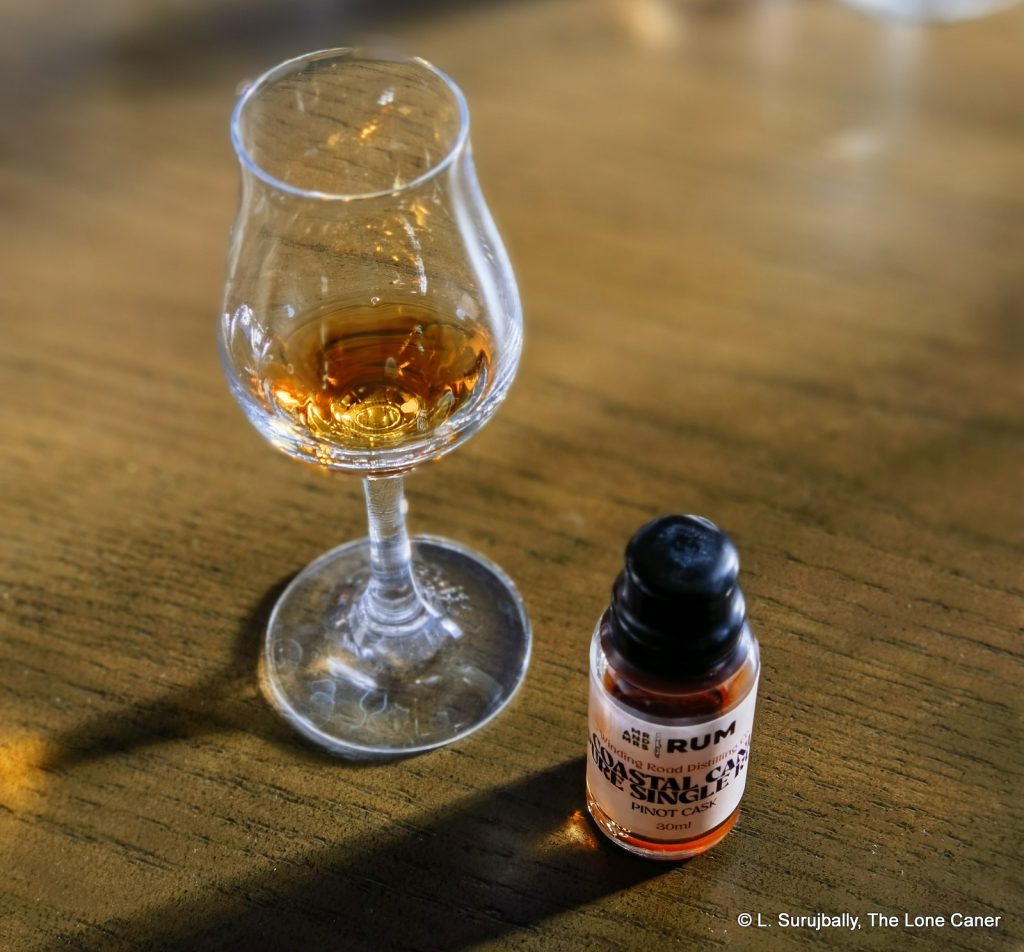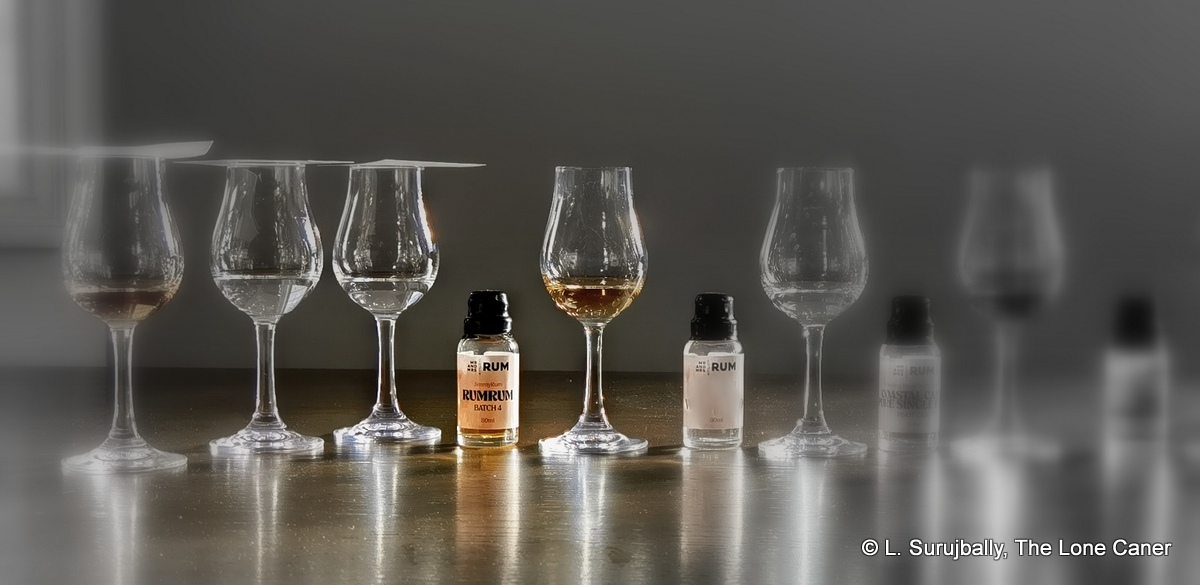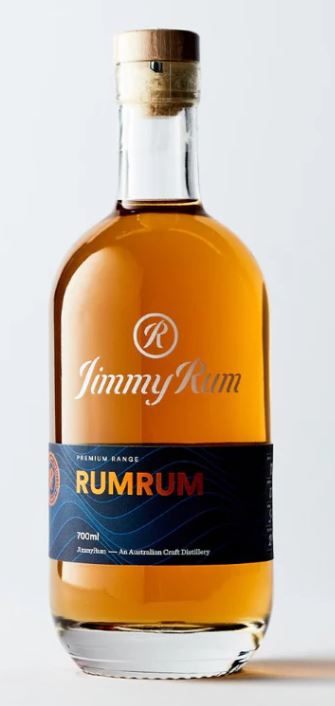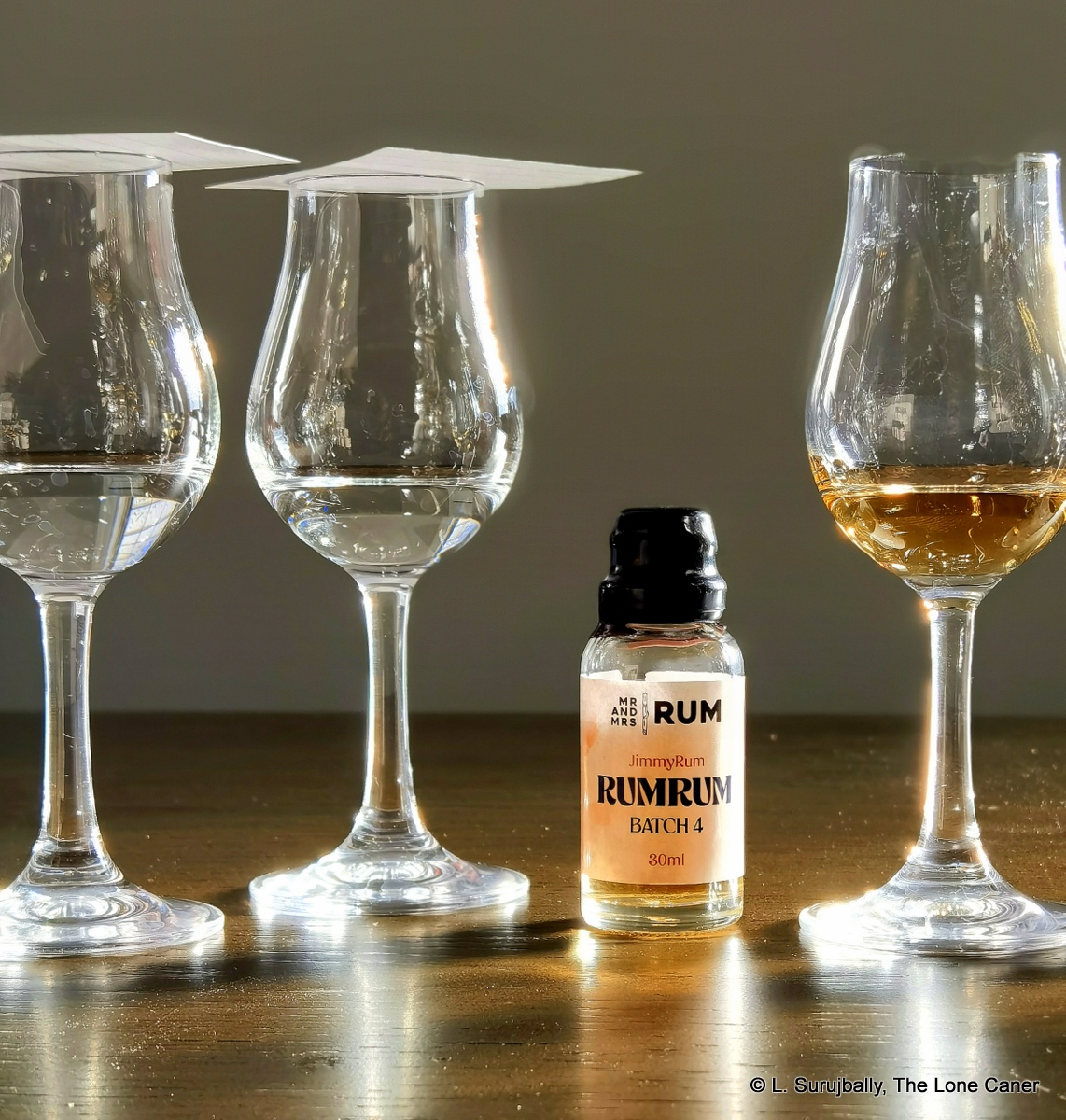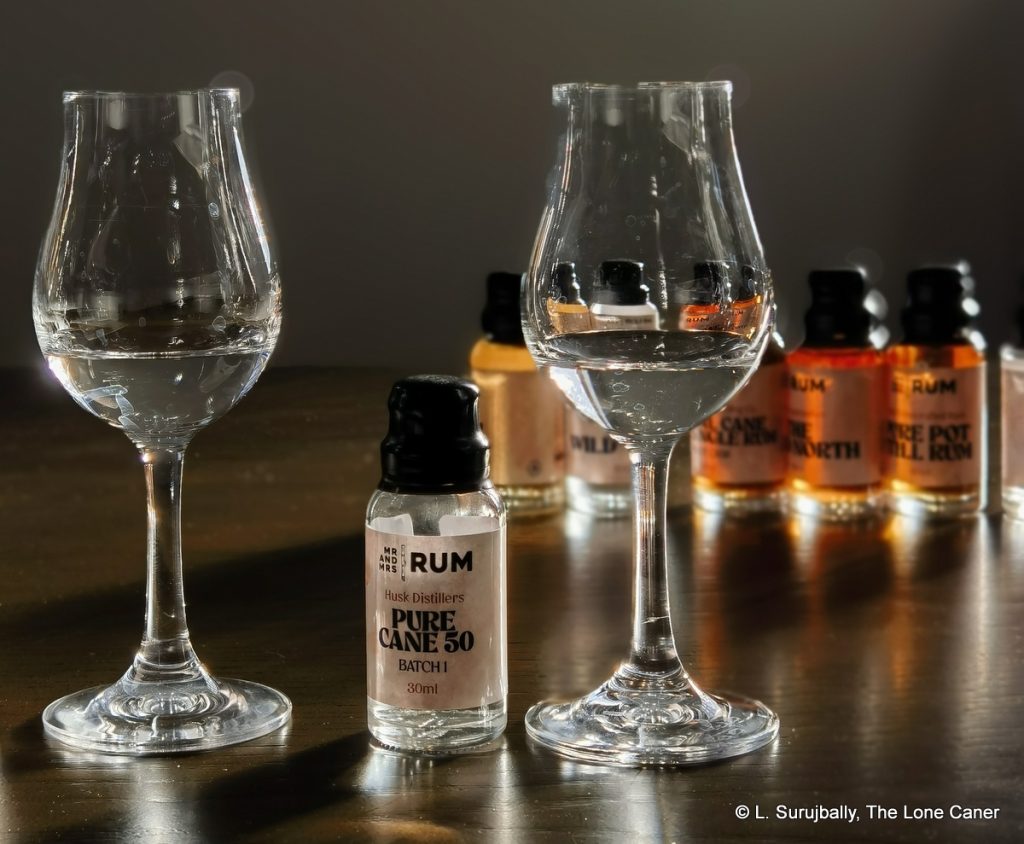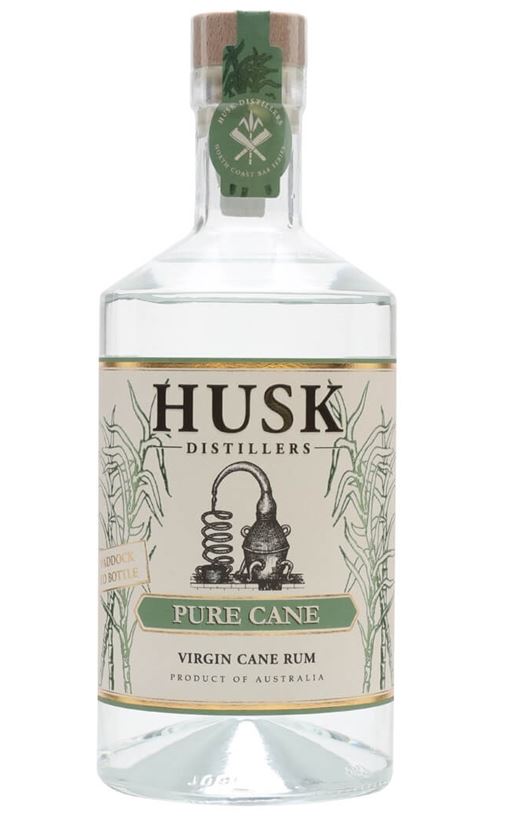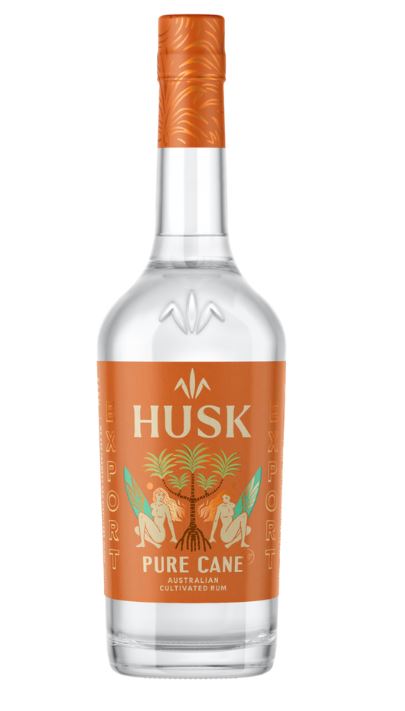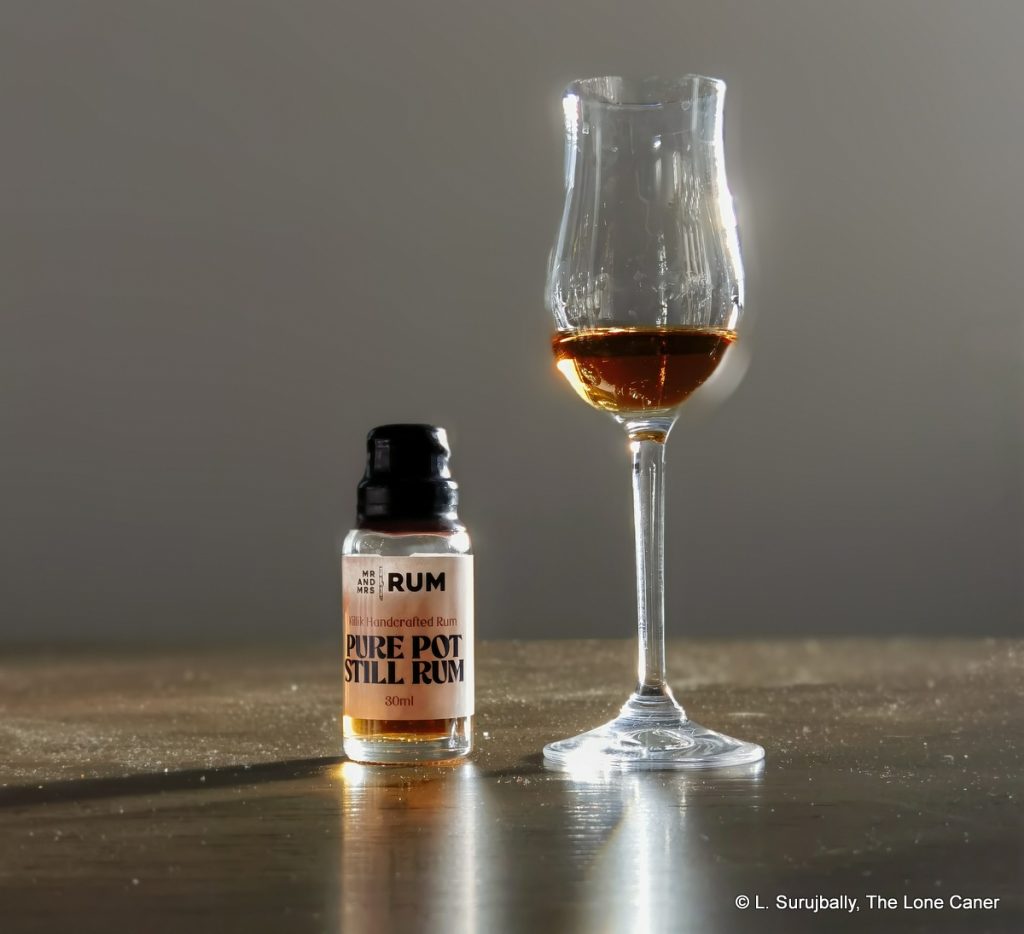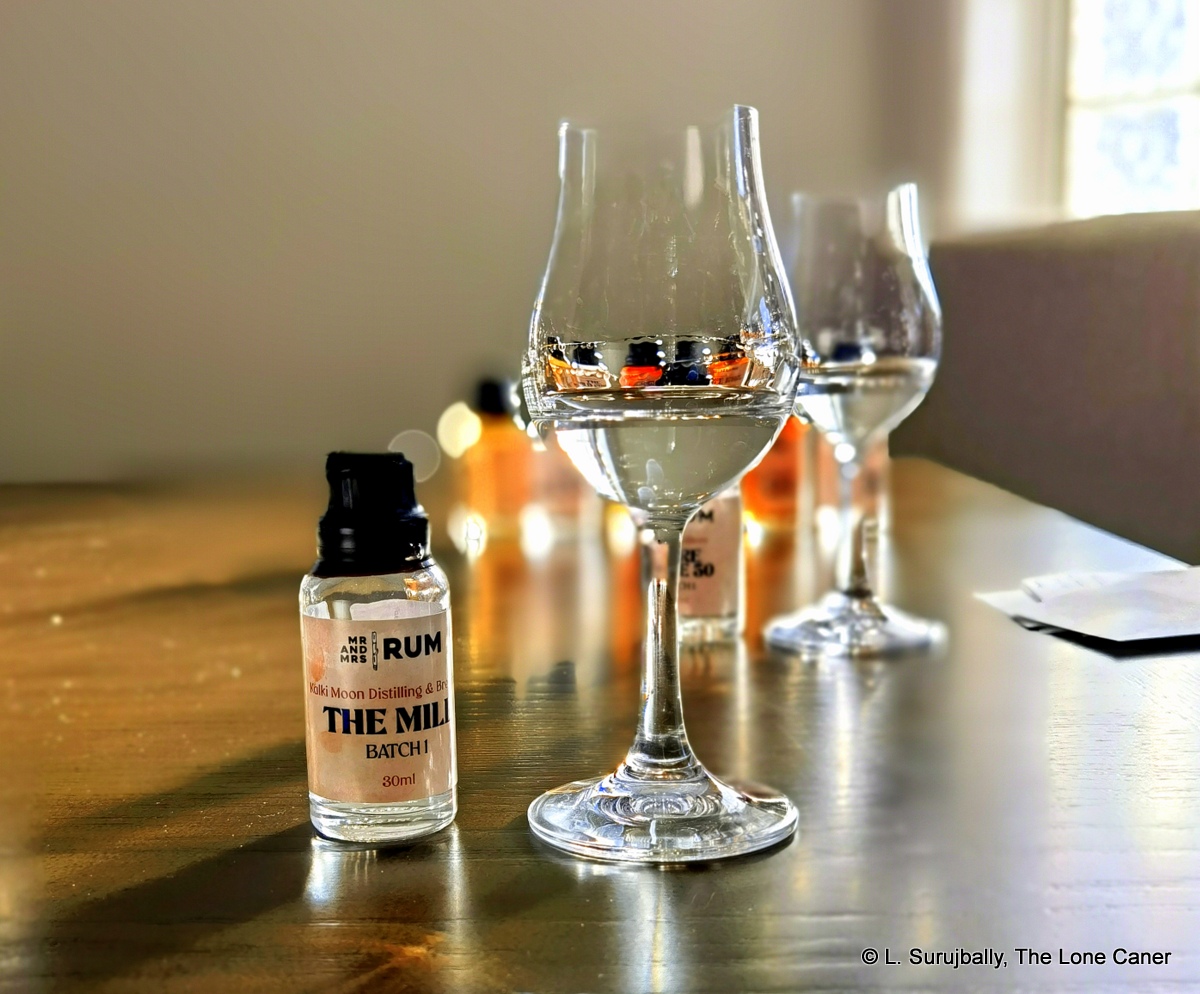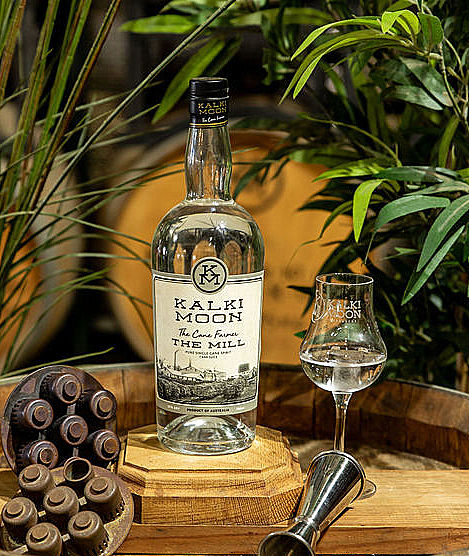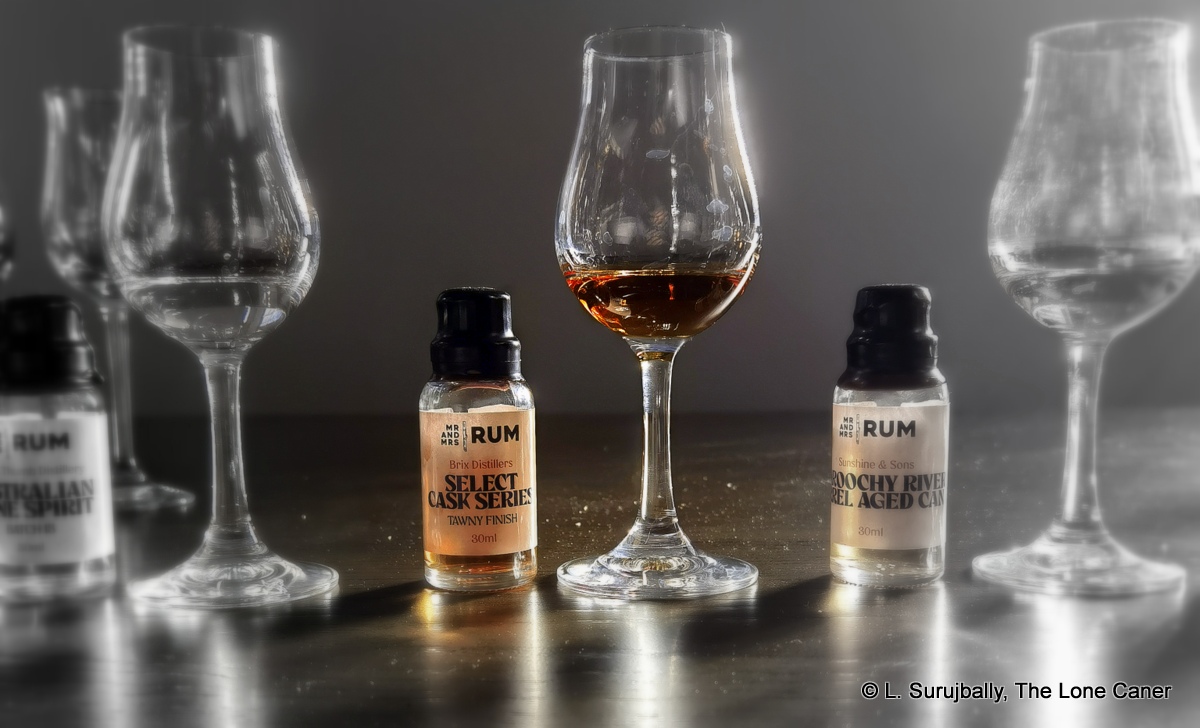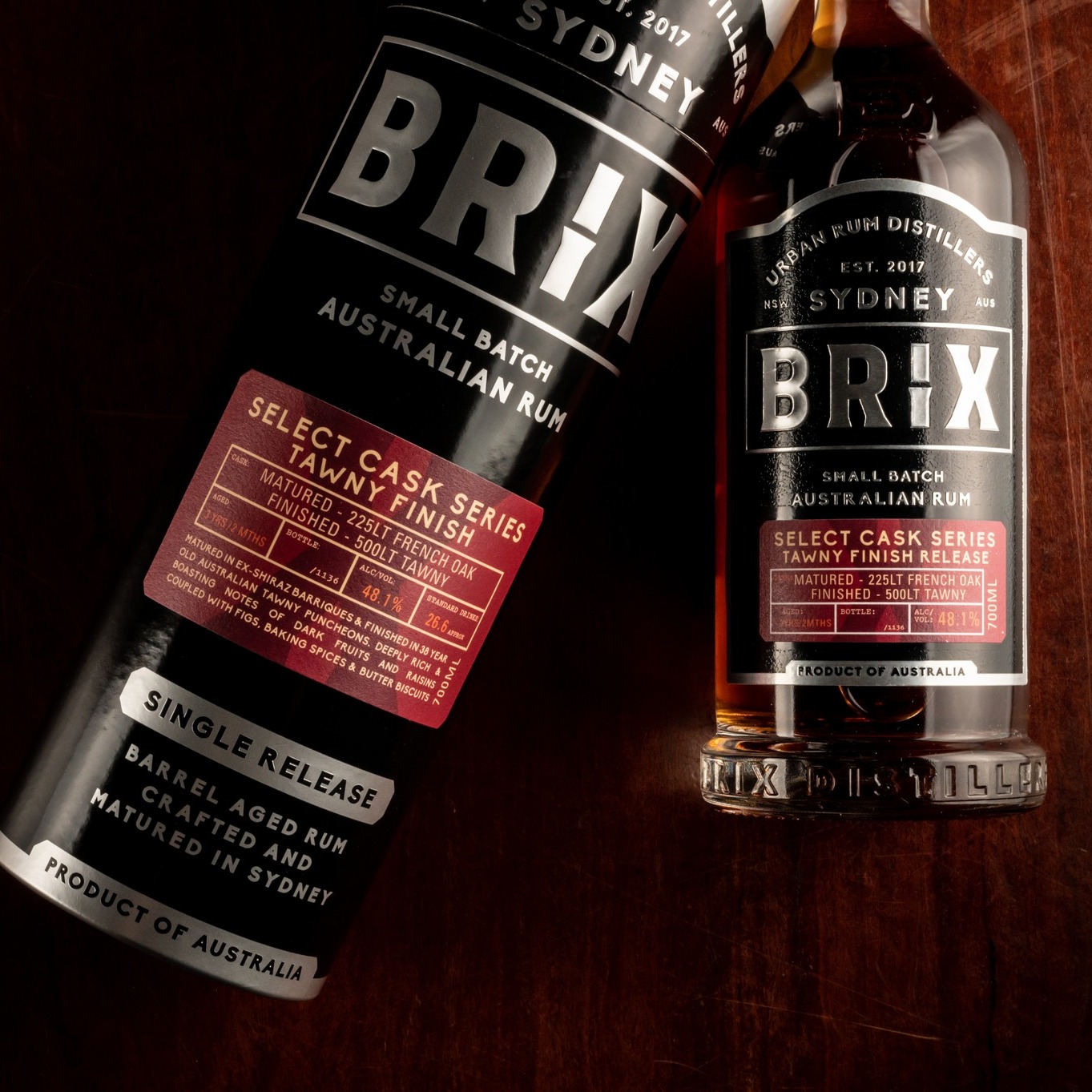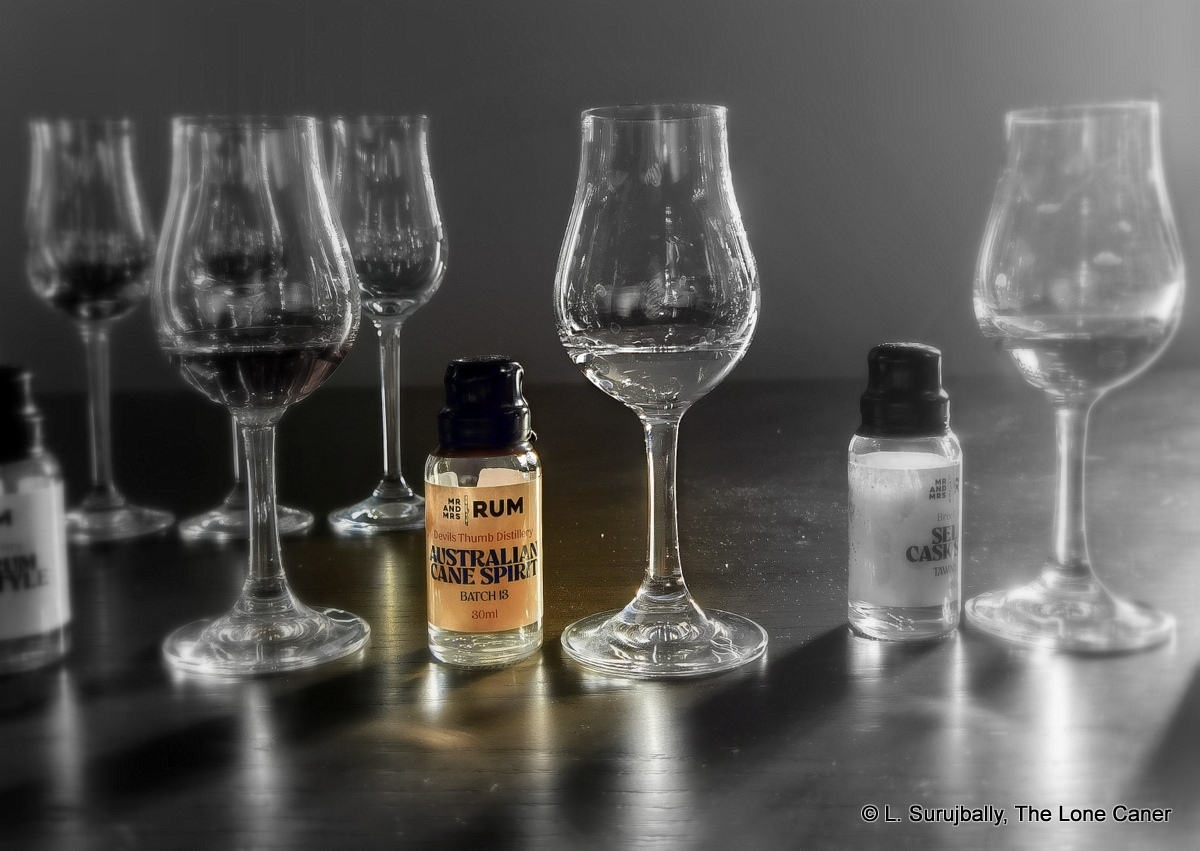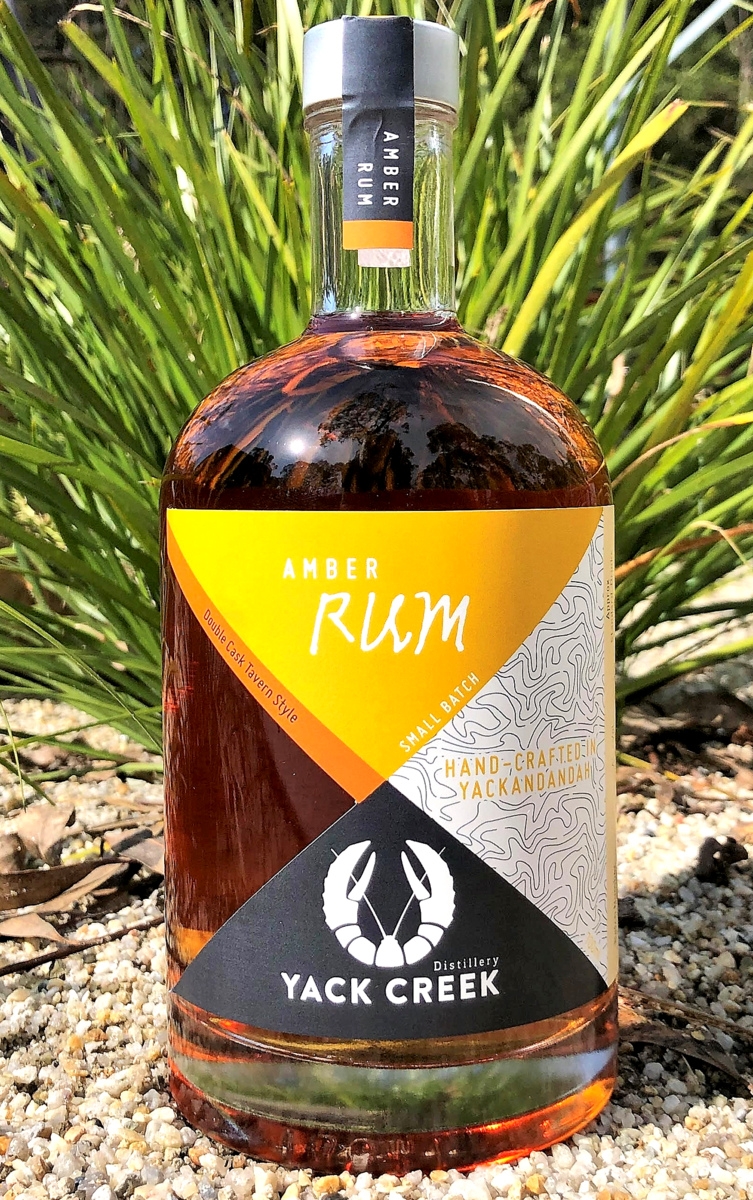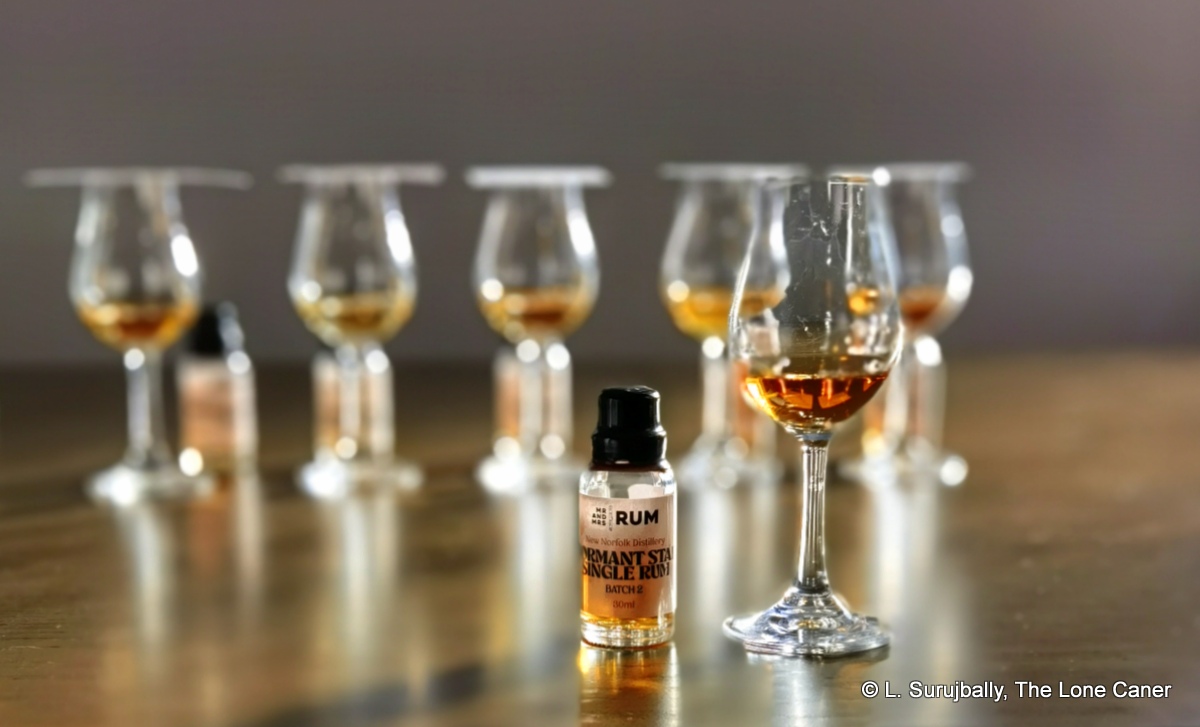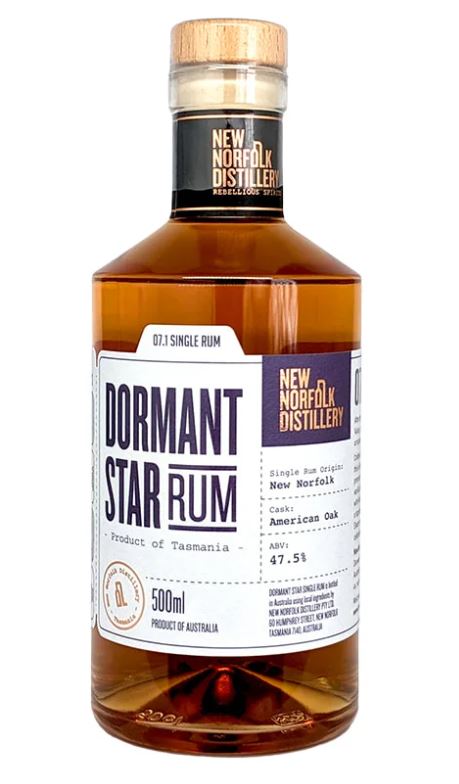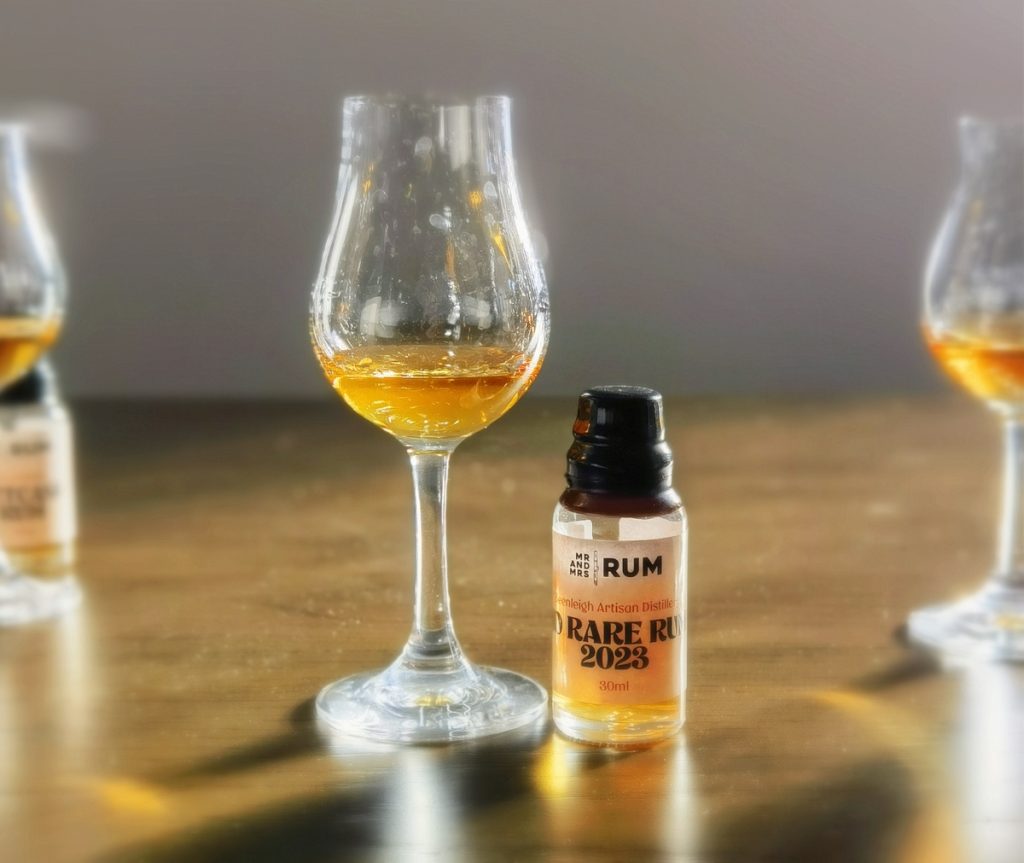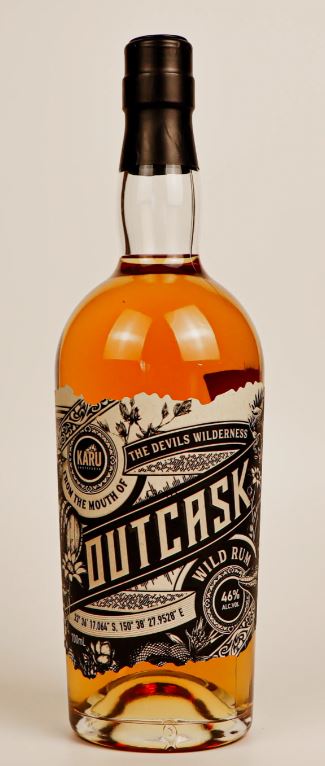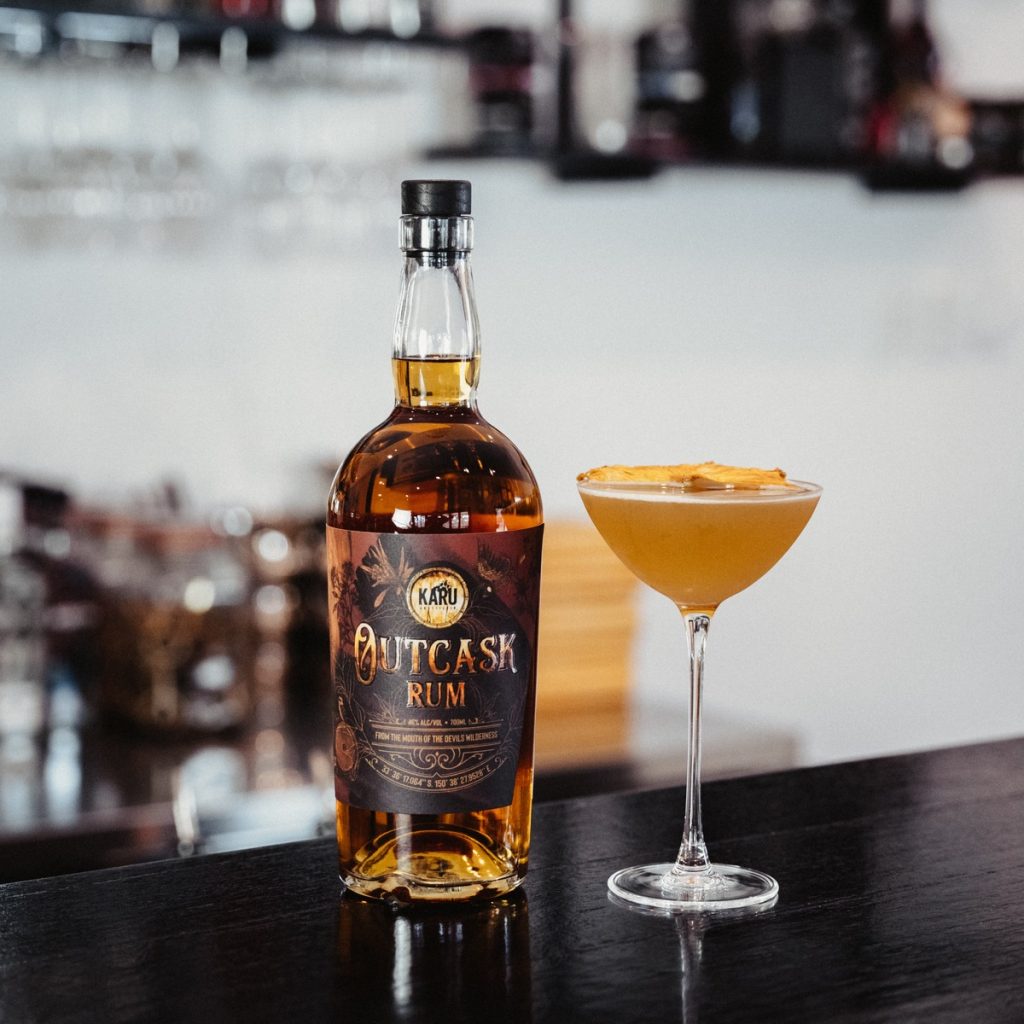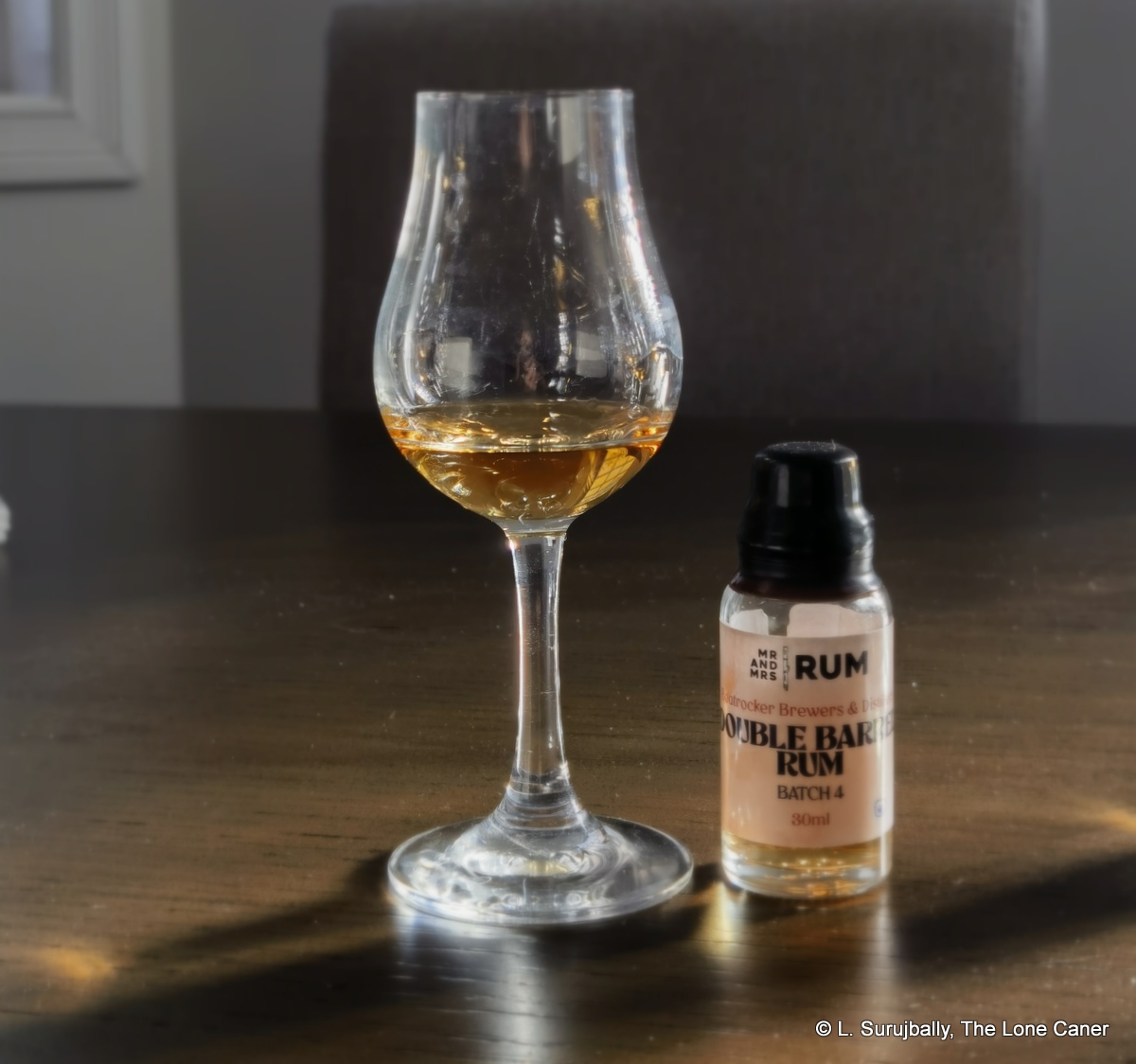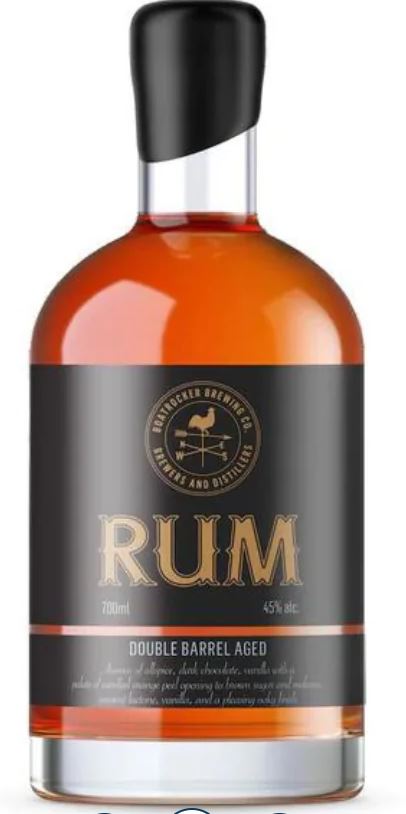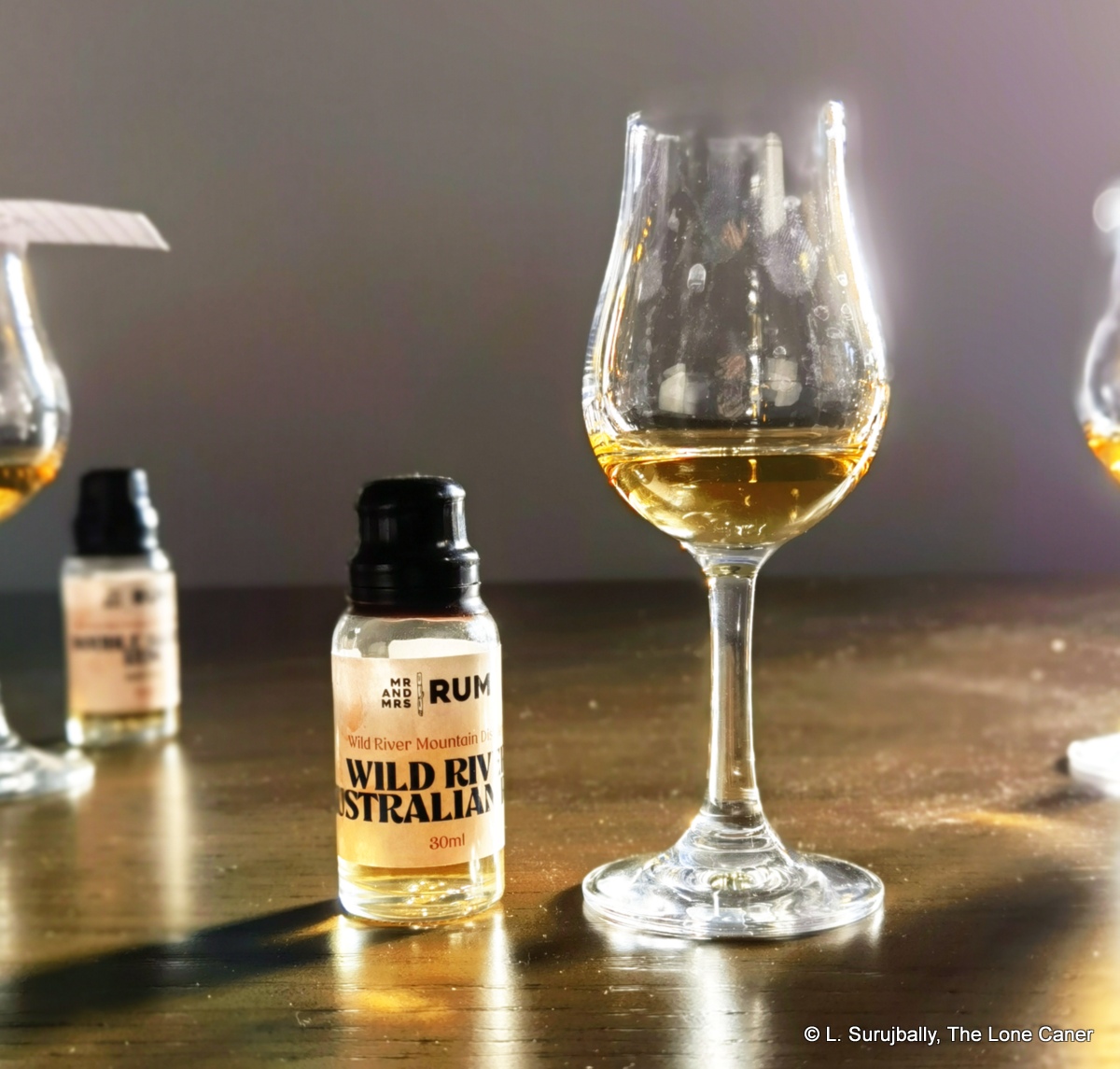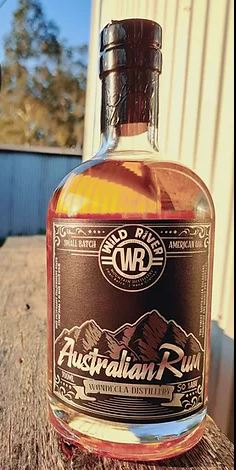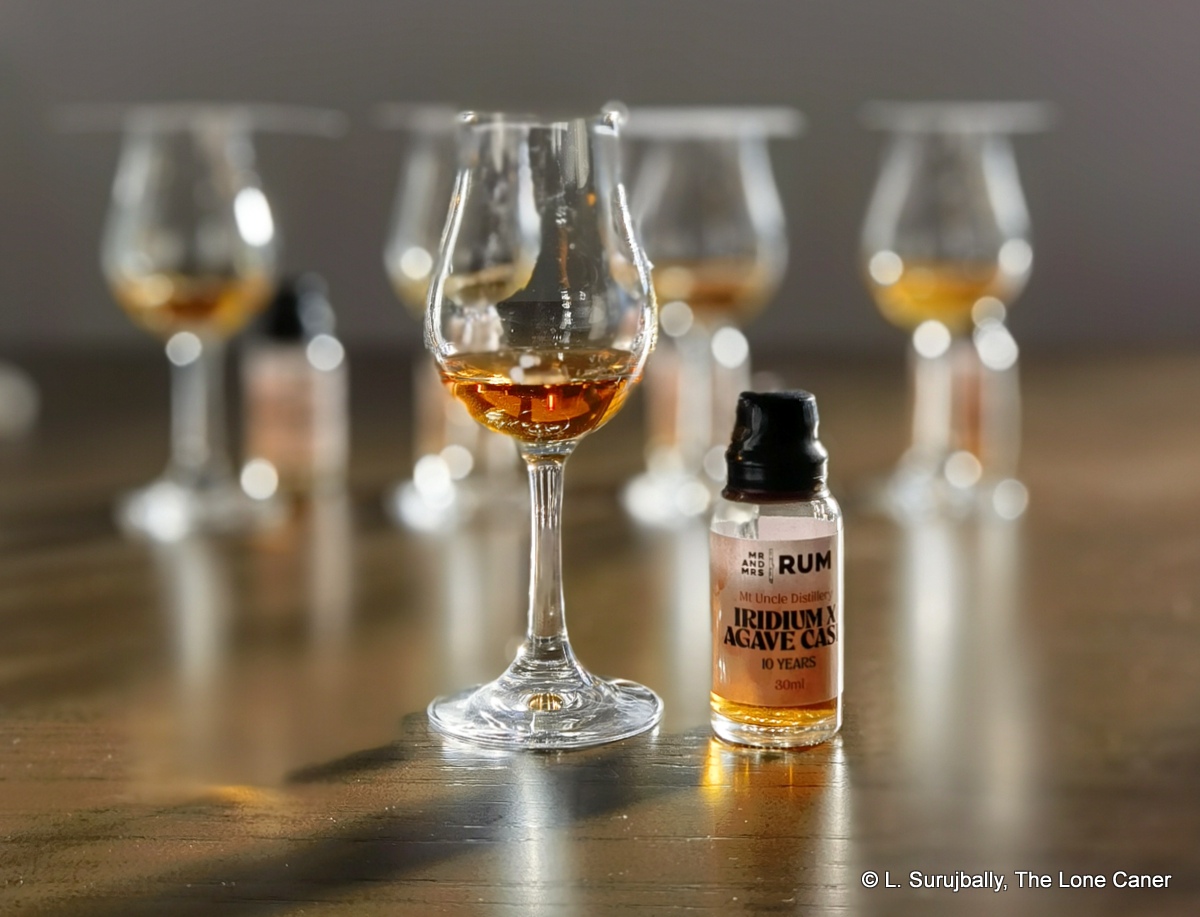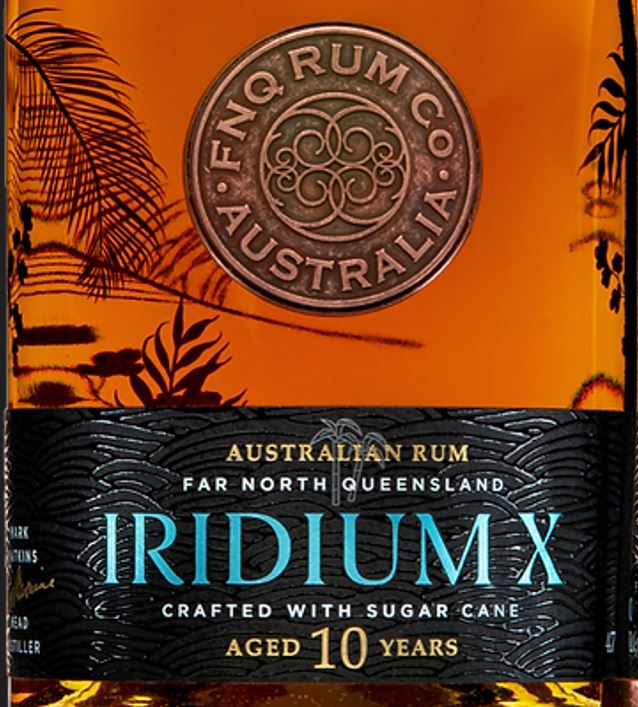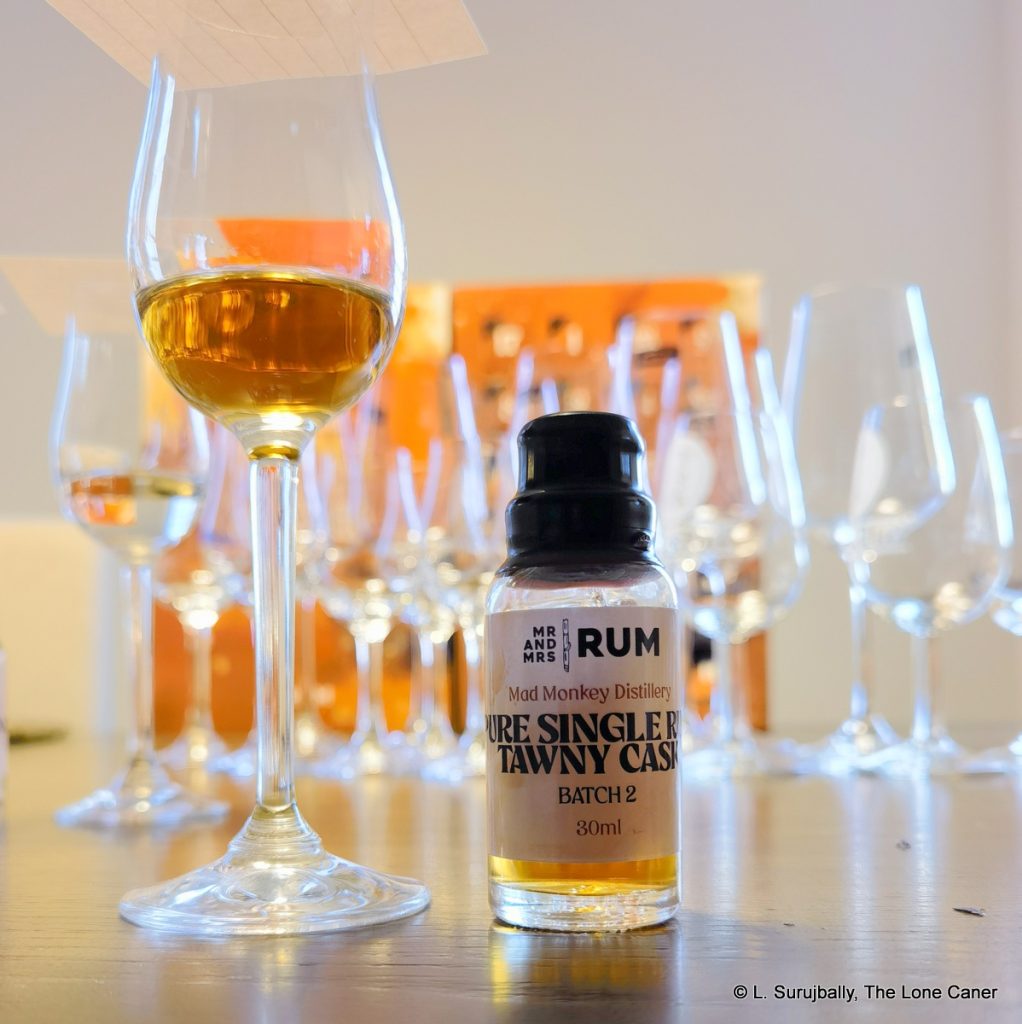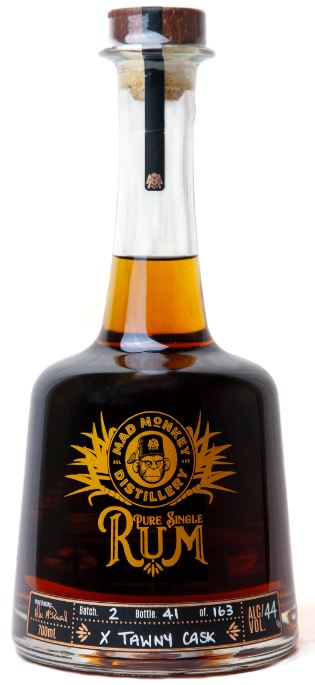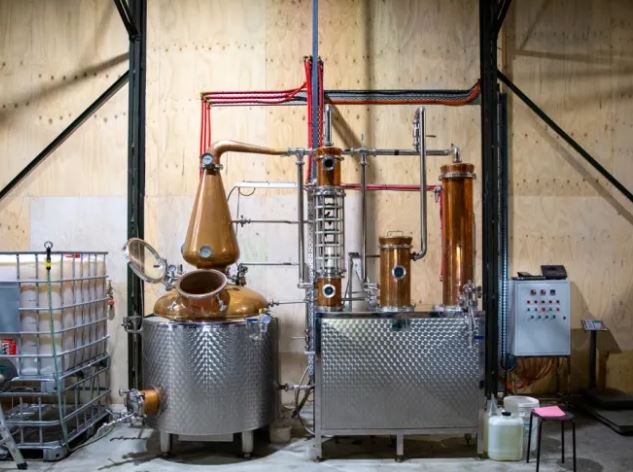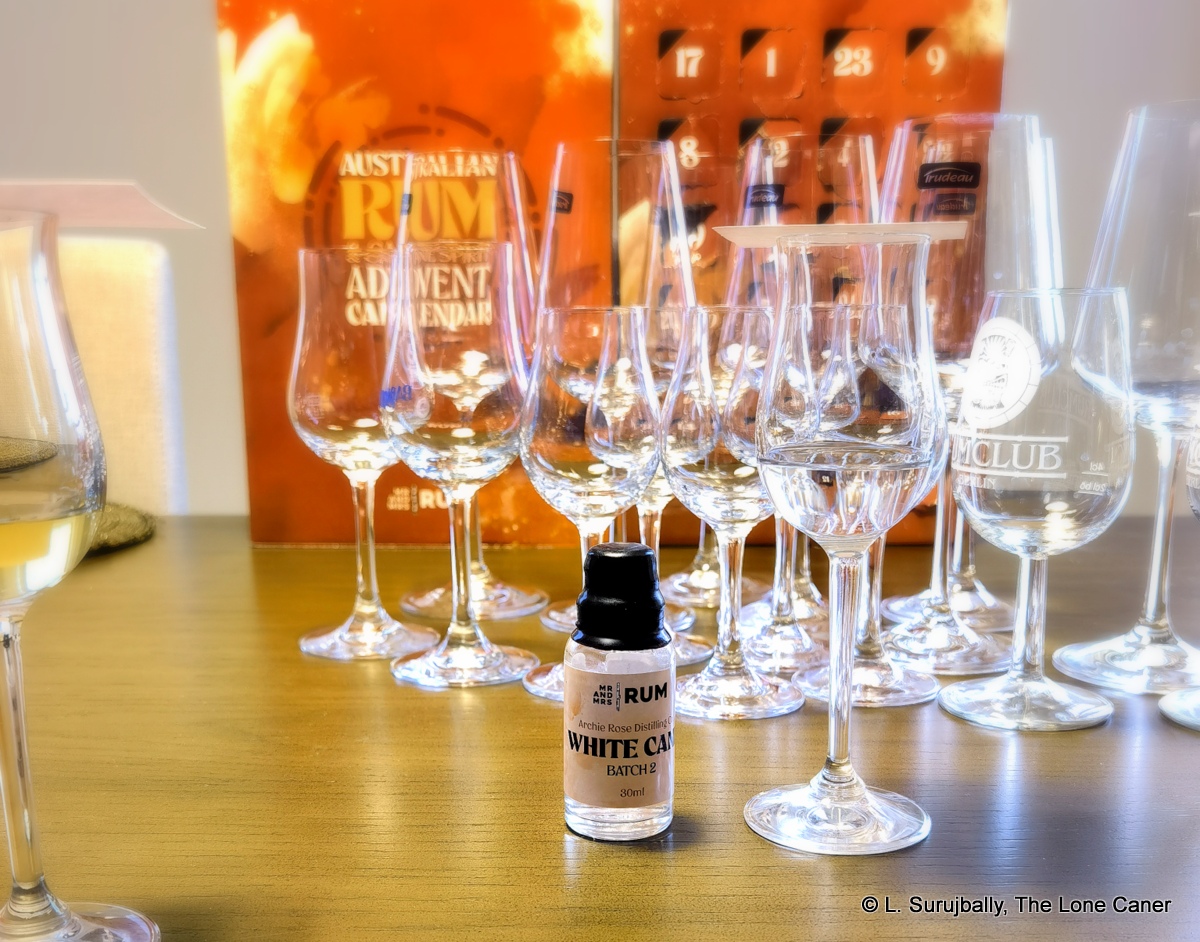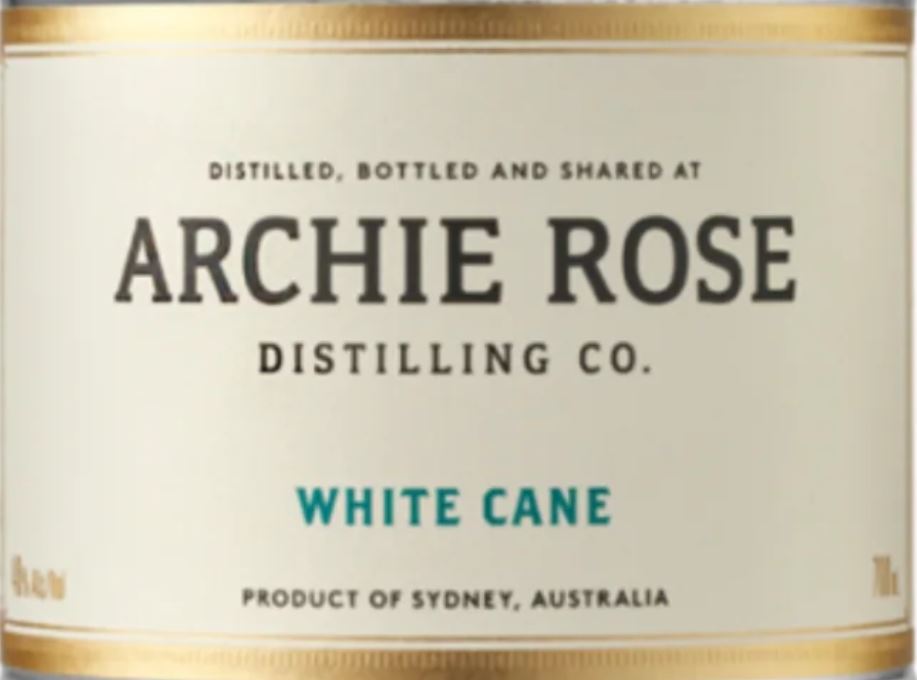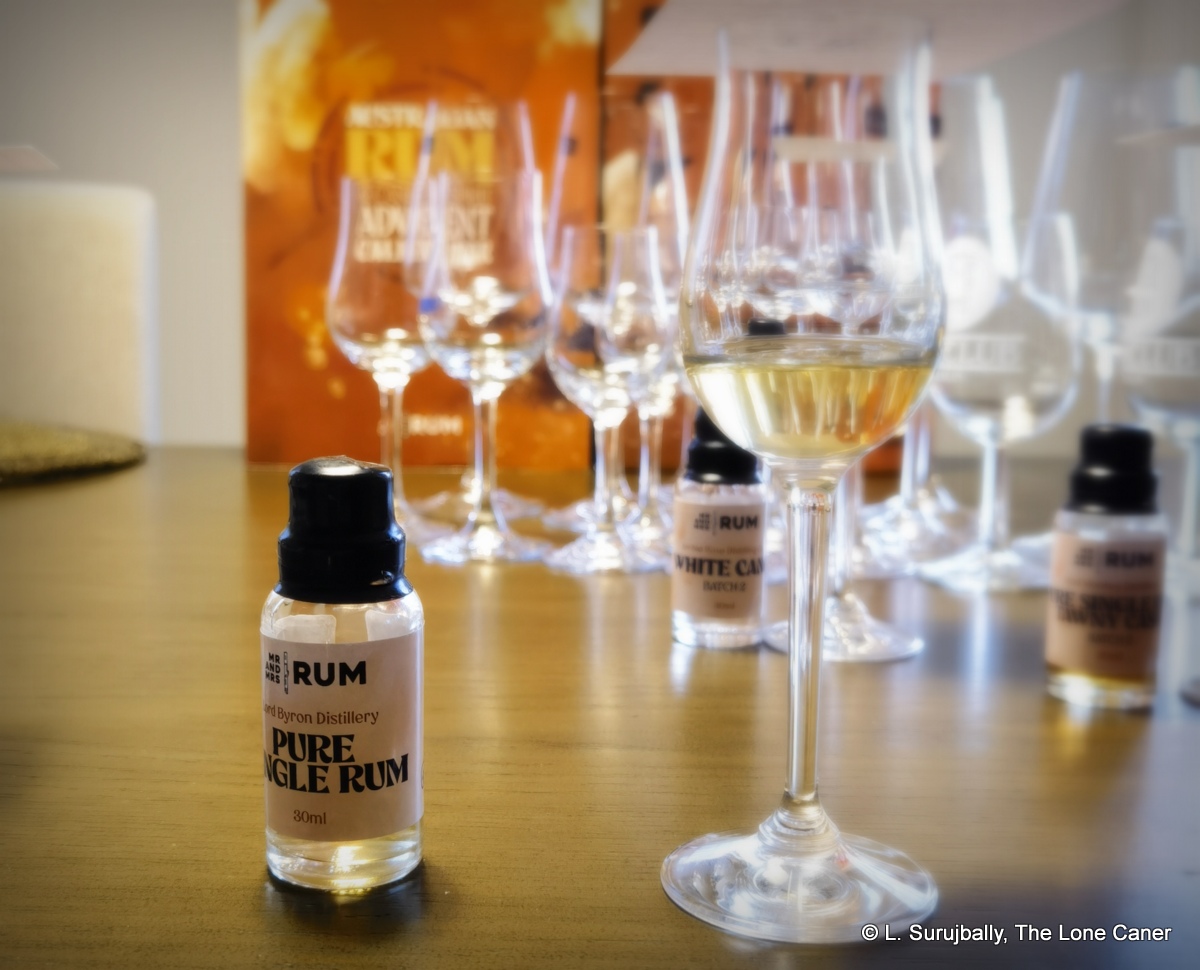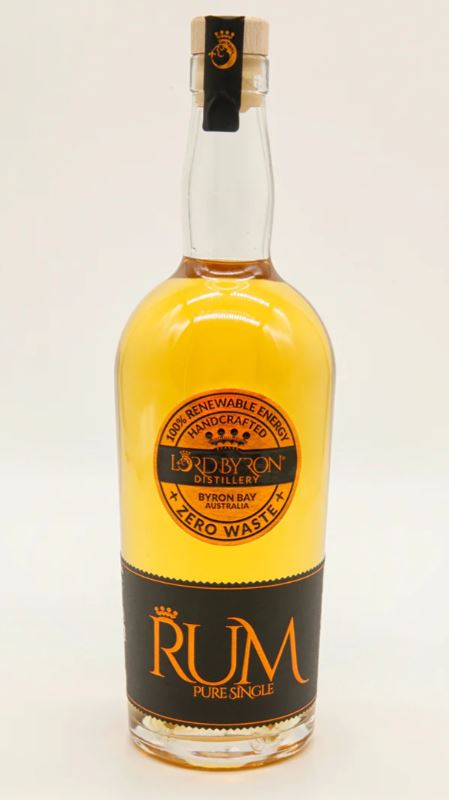“Nil Desperandum” is a Latin phrase hearkening back to Horace’s Odes that channels some of my old classical studies back in the day – it means (literally) “Nothing to despair of” or “Do not despair” – or, in more colloquial terms, no worries, mate, which might just as easily be the entire country’s motto. It is, of course, the sign that was hung over the bar in the original pub of the same name in Woombye from which the company got its name, which is a nice bit of historical trivia.
Obscure humour and references aside, let’s just observe that Nil Desperandum is part of a parent company named CAVU Distilling Pty, who also have Sunshine & Sons and 4PM Spirits under their umbrella. CAVU — the term is an aeronautical one meaning Ceiling and Visibility Unlimited — was founded in 2019 just north of Brisbane with a pair of pot stills by Matt Hobson and Michael Conrad and is certified as an Organic Distillery. Further, they also provide third party concept to consumer brand creation, distilling and manufacturing. Sort of an all-in-one one-stop shop, so to speak.
The production process for “The Road North” is quite interesting: it comes from molasses sourced from three different certified organic farms in Bundaberg, to which some indigenous yeast was added, as well as dunder (the by-product from the first distillation run) and muck (dunder that has been aged in the rainforest). In the second batch that produced “The Road North” rum, fermentation was ten days, before double distillation in the two pot stills: Maria” a 6,000-litre wash still 1 and “Sarah” a 2500-litre spirit still 2; at that point it was decanted into two French oak barrels emptied of pinot noir and sherry, at 60.4%. To round out the matter, no sweeteners or colour were added, and only one barrel has been emptied – the other one is squirrelled away for another time – providing subsciption-based in-house “1871 club” members (and the advent calendar) with 131 bottles.
This is quite a wall of text, so let’s head straight into the tasting without further ado.
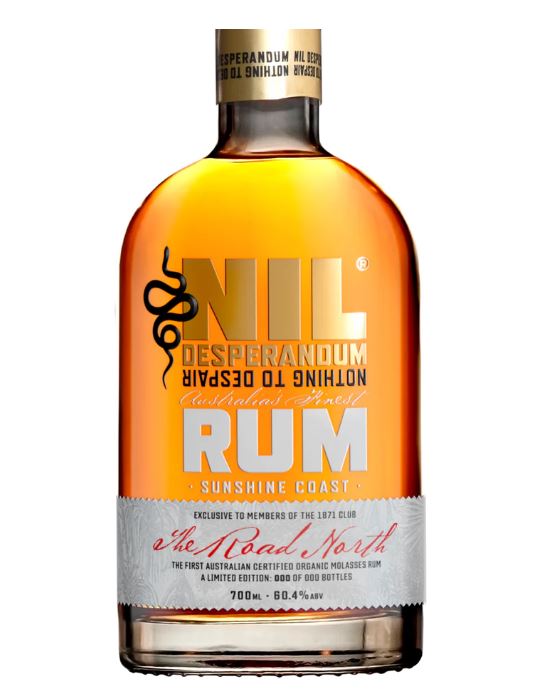 Nose first. It reeks of honey, white chocolates and almonds (and I mean that in a nice way), and behind that are some dusty book pages and old peeling wallpaper. This then develops into something more akin to a bakery: pastries, cheesecake and key lime pie, with notes of lemon zest to liven things up a bit. Everything else pretty much comes out of the woodwork at that point: sweet corn, a touch of caramel and vanilla, and even some rubber and plasticine, which, in a peculiar inversion, emerge after most of the nose has been snooted, not at the inception (which is more usually the case).
Nose first. It reeks of honey, white chocolates and almonds (and I mean that in a nice way), and behind that are some dusty book pages and old peeling wallpaper. This then develops into something more akin to a bakery: pastries, cheesecake and key lime pie, with notes of lemon zest to liven things up a bit. Everything else pretty much comes out of the woodwork at that point: sweet corn, a touch of caramel and vanilla, and even some rubber and plasticine, which, in a peculiar inversion, emerge after most of the nose has been snooted, not at the inception (which is more usually the case).
The palate is really quite good as well: smooth and warm in spite of the strength. Caramel, vanilla, cinnamon and cardamom continue to be the backbone here, with some hints of biscuits and wafers, white chocolate and crushed almonds again. Here, the fruits take something of a back seat and their presence is more muted, though we do sense stewed apples, red grapes, pears and very ripe mangoes, plus some warm bananas and toffee, sweet balsamic fig-infused vinegar, and even some cooking molasses and sherry. Finish lasts a good long time and sums up most of the preceding very nicely, with noting new to confuse the unwary. Fruits, pastries, zest and spices, pretty much.
Overall, this is quite a good, rough and ready rum, with surprisingly few rough edges (there are some – just not enough to derail the tasting in any way). I particularly like the way that the various flavours complement each other on both nose and palate, and there’s sufficient complexity married to power, to provide for a damned fine drinking experience. It’s comparable with Killik’s pure pot still rum, or Capricorn’s Dumpster Diver, yet stands clearly by itself.
The only real issue I have with it is the price — AUS$250 on the website. That’s a lot, for something less than five years old (and indeed, the age is never mentioned, though if the distillery opened in 2019 and this is a 2023 edition…you can do the math). Even assuming an iso container can make its way over to where us proles live and economies of scale bring the price down, it remains a hefty price tag, and without a serious Name or brand behind it to lend some street cred, it is likely to sell slowly.
However, price aside, it is my considered opinion that this is one of those really good Aussie rums that everyone who can should try at least once, just to see how good Australian rums have become in such a short time. One can only imagine what the industry will be like and what sort of quality we will experience, in another ten years. Perhaps the 2024 advent calendar will help us find out, but for now, this is one rum that shouldn’t be missed, if it can be found, and afforded.
(#1103)(85/100) ⭐⭐⭐½
Other notes
- Video Recap is here.
- From Day 24 of the 2023 Australian Advent Calendar
- I particularly like the insouciant naming of the special bottlings in which Nil Desperandum indulges itself: names like 44 Special, Double Dunder, Double Ton, The Fat ladies, First Four, Pineapple Train, The Muck Redux, The Wild Muck and Roasted Cane (among others) always make me smile.
